A new app could allow people with type 2 diabetes to make predictions about the impact of a meal on their blood sugar levels, before they even take a bite. Glucoracle uses a personalized algorithm to help patients plan better meals and control their glucose levels.
Type 2 diabetes affects eight percent of people in the US, and ensuring blood glucose levels stay as stable as possible throughout the day is key to managing the disease. According to the researchers – who published the details of their app’s algorithm in the journal, Computational Biology – diet and exercise should be paired with diabetic medication in order to help patients prevent complications.
“While we know the general effect of different types of food on blood glucose, the detailed effects can vary widely from one person to another and for the same person over time,” said Dr. David Albers, Associate research scientist in Biomedical Informatics at Columbia University Medical Center (CUMC), and lead author on the study. “Even with expert guidance, it’s difficult for people to understand the true impact of their dietary choices, particularly on a meal-to-meal basis. Our algorithm, integrated into an easy-to-use app, predicts the consequences of eating a specific meal before the food is eaten, allowing individuals to make better nutritional choices during mealtime.”
The Glucoracle app requires users to regularly update information, including blood sugar levels and nutritional content of foods, in order to make accurate predictions for the future. This built-in algorithm uses a process called data assimilation – also applied to weather forecasting – to create an ever-changing model of that individual’s response to consuming various foods.
“The data assimilator is continually updated with the user’s food intake and blood glucose measurements, personalizing the model for that individual,” said Dr. Lena Mamykina, professor of biomedical informatics at CUMC, and co-developer of the Glucoracle app.
Users must upload blood glucose measurements, meal photos and estimated nutritional content to the app for a one week period before the Glucoracle will start making predictions. This lead time provides the algorithm with enough historical data about how the person’s blood sugar levels have responded to meals in the past.
The data assimilator was tested in a study of five participants, including three diagnosed with type 2 diabetes and two healthy individuals. The researchers compared the app’s predictions to postprandial blood glucose measurements from a glucometer, as well as predictions made by certified diabetes educators.
While the app’s predictions for individuals with diabetes were slightly less accurate compared to the actual post meal glucose levels, they were similar to predictions made by the diabetes educators. Glucoracle was able to make estimates for the healthy individuals which were comparable to the readings from the glucometer.
“There’s certainly room for improvement,” said Albers. “This evaluation was designed to prove that it’s possible, using routine self-monitoring data, to generate real-time glucose forecasts that people could use to make better nutritional choices. We have been able to make an aspect of diabetes self-management that has been nearly impossible for people with type 2 diabetes more manageable. Now our task is to make the data assimilation tool powering the app even better.”
According to the researchers, the app could be ready for release within the next two years, pending results of a larger clinical trial. While there are many apps available to help people manage diabetes, the Glucoracle app is the first-of-its-kind to make personalized predictions for post meal blood glucose levels.

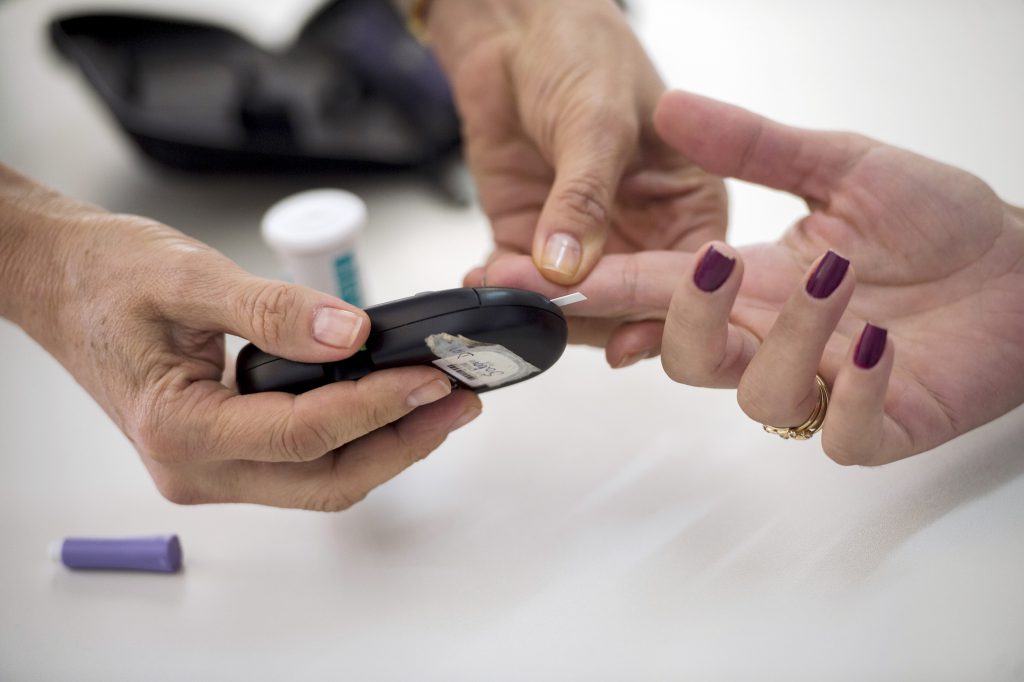
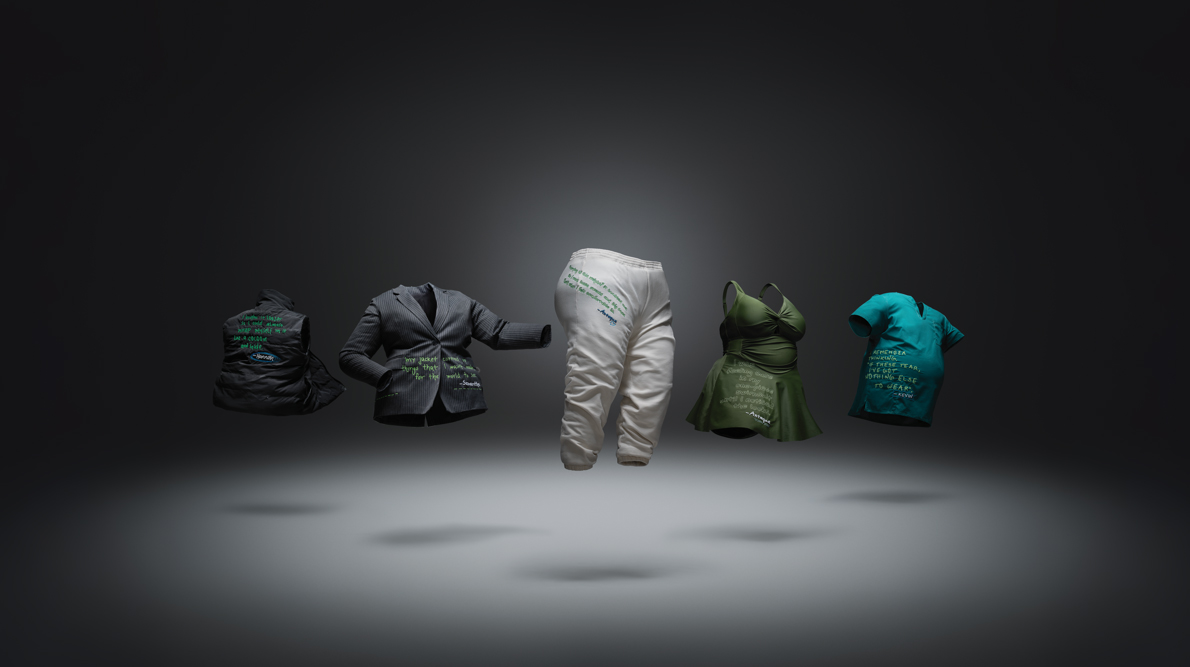
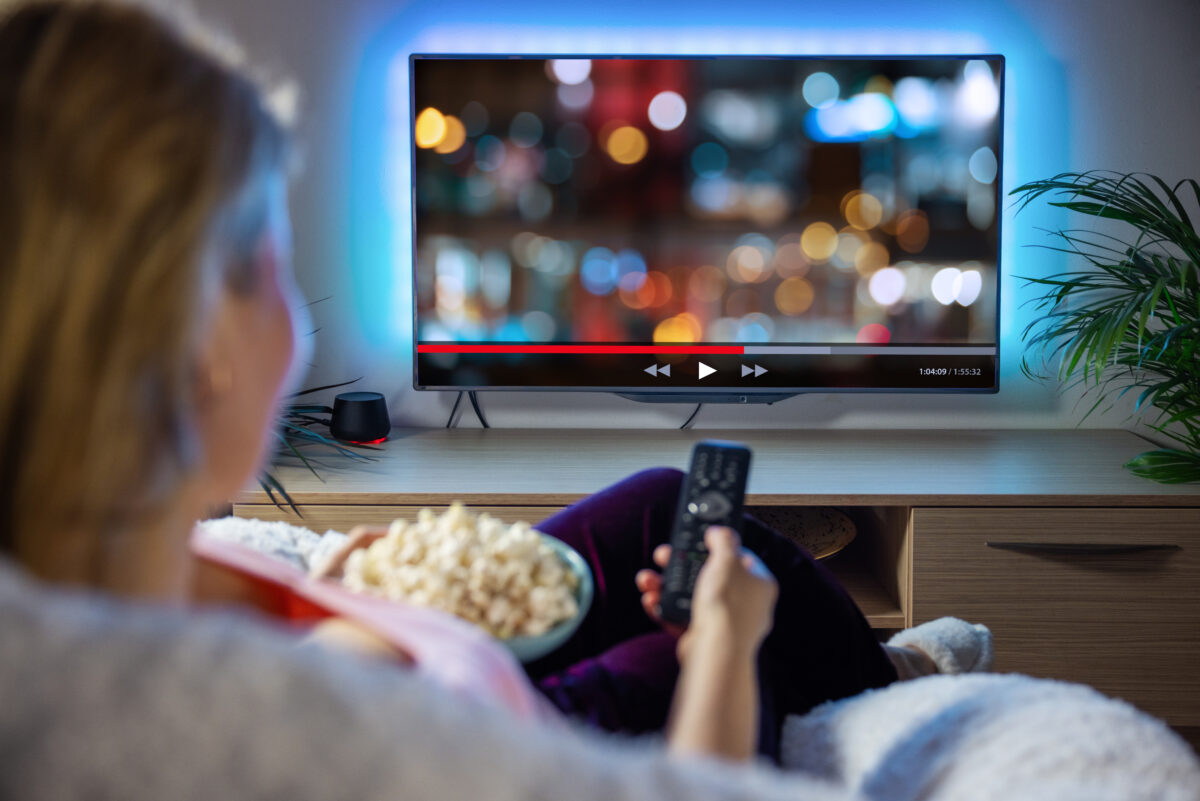
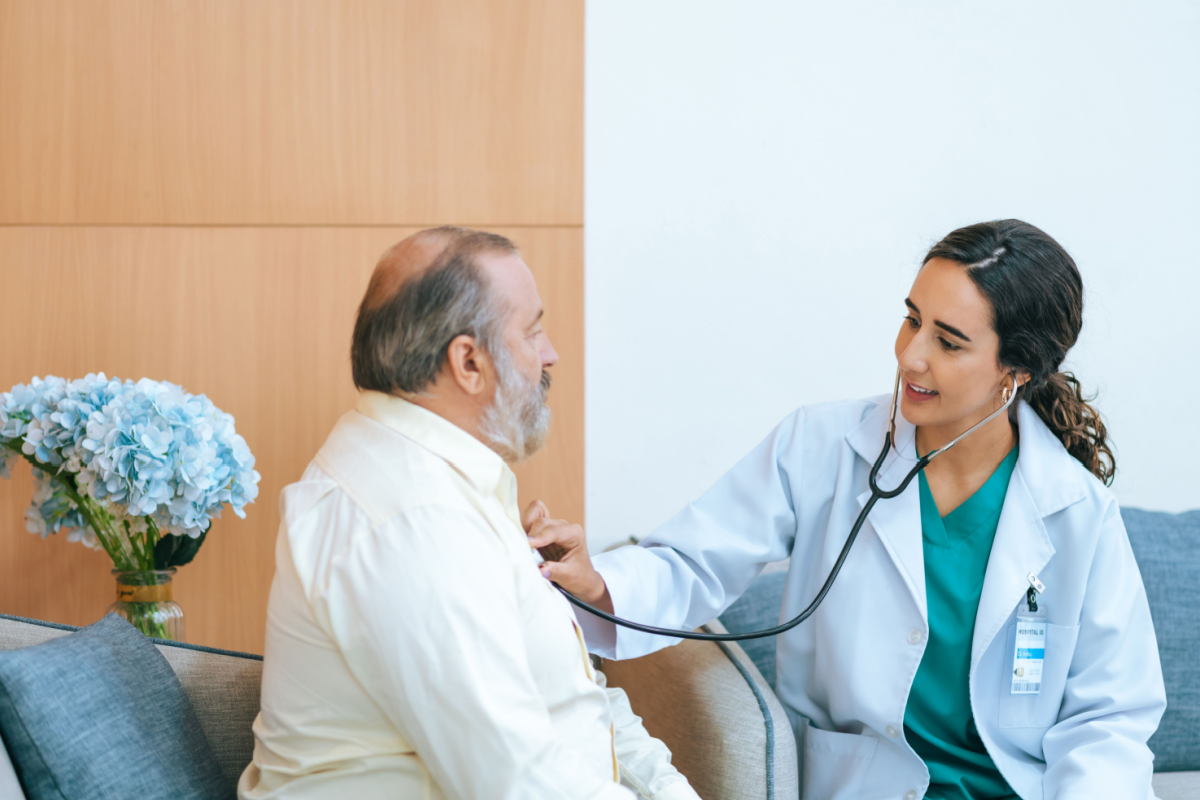

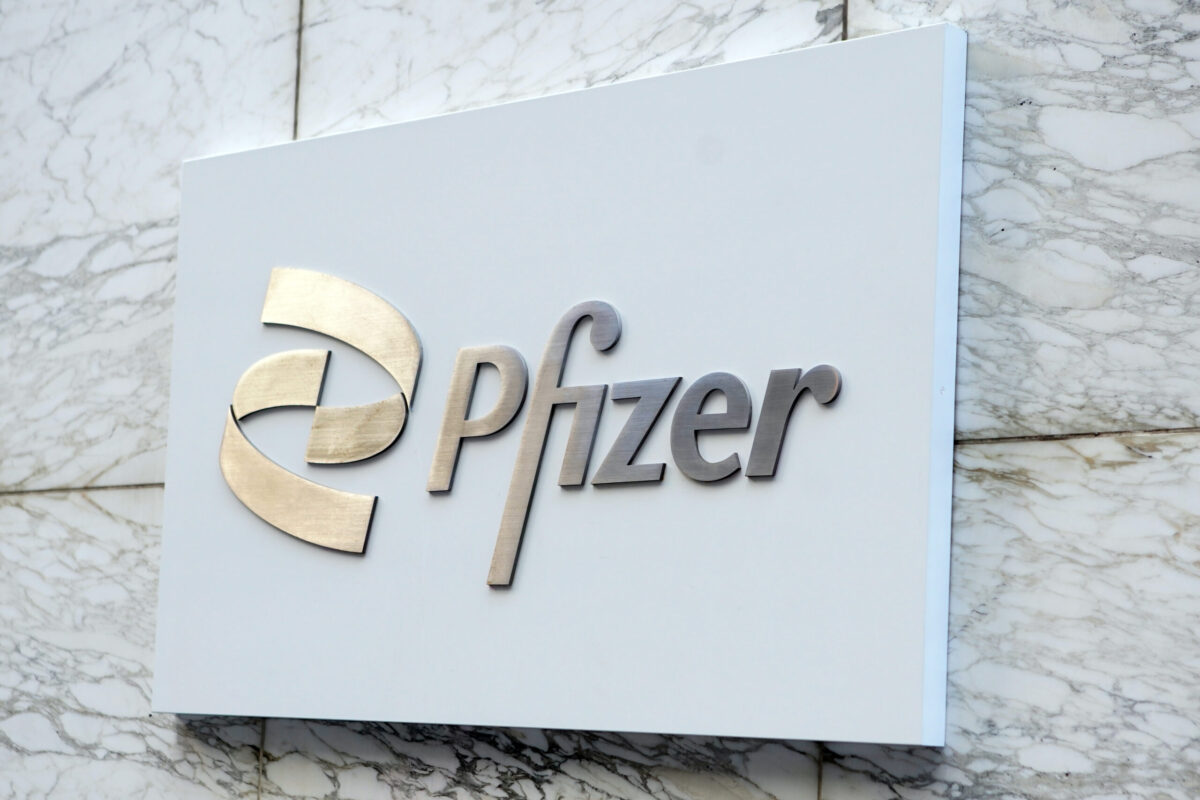





Join or login to leave a comment
JOIN LOGIN